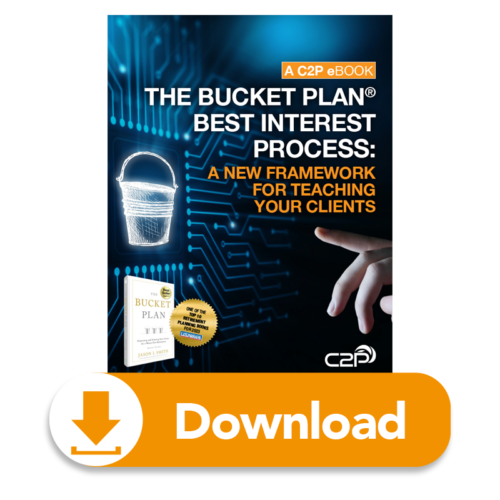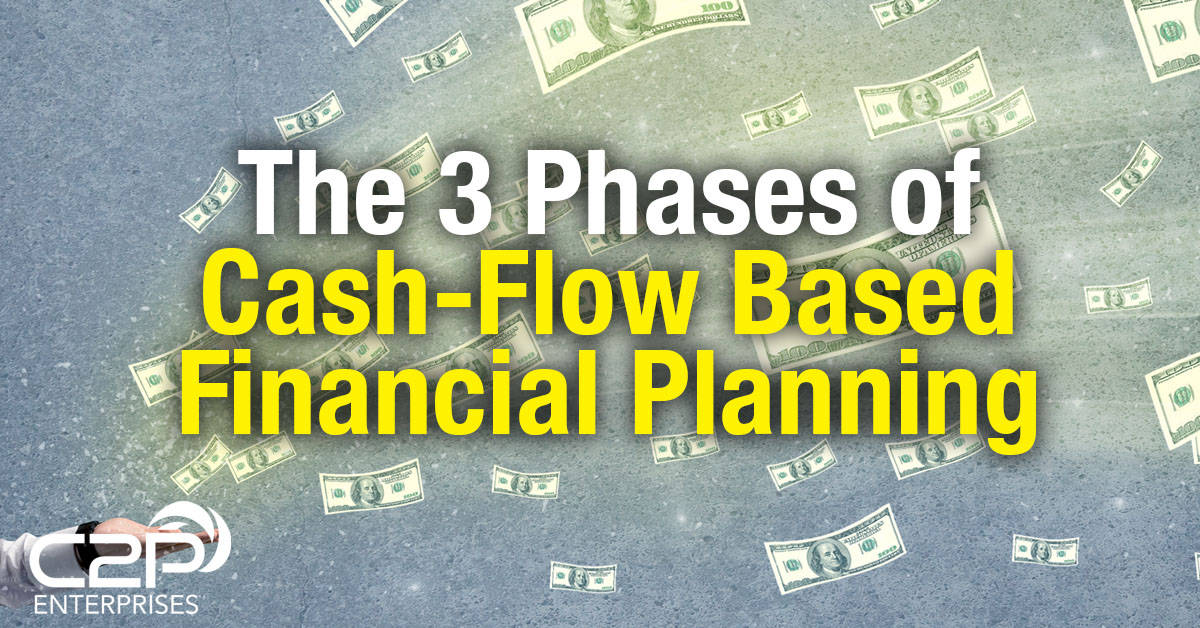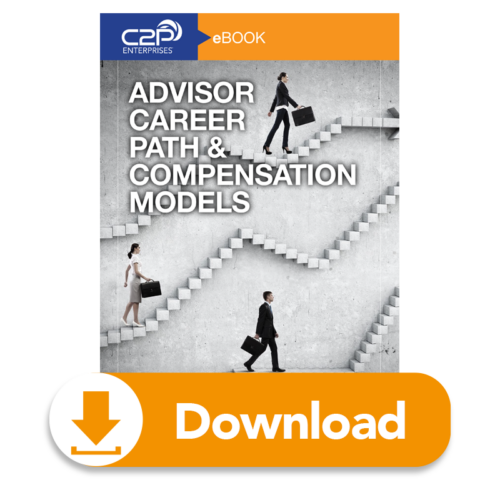Financial Professional Use Only
- The information provided in this presentation is not intended as investment advice or legal advice.
- The information provided is for informational and training purposes only.
- The information in this presentation was accurate as of the time of the material was created.
Tax laws and rulings can frequently change. Please discuss the client’s current situation with an accountant or tax advisor.





 streamlines and organizes all essential personal information and financial documentation into a single comprehensive binder.
streamlines and organizes all essential personal information and financial documentation into a single comprehensive binder.













